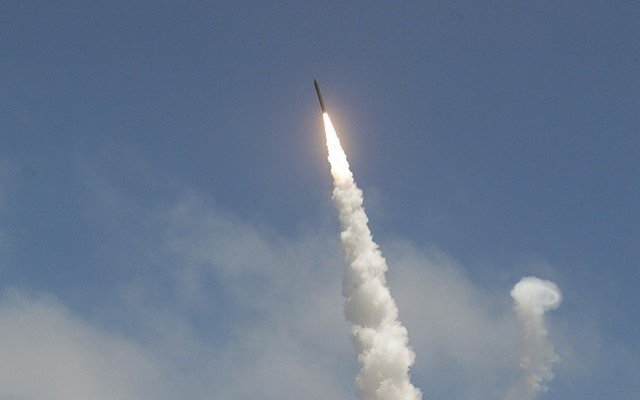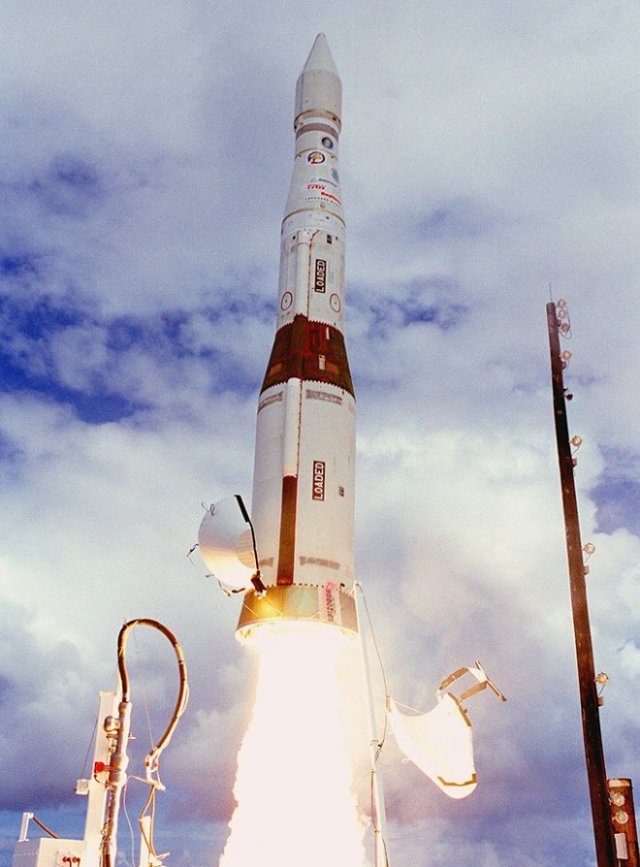
Interceptor missile
Boeing and the US Missile Defense Agency (MDA) have successfully presented a new interceptor missile for the ground-based medium defense System (GMD), designed to destroy ICBMs in space at the initial stage of flight.
The task of the missile defense systems in service is sometimes characterized as" getting a bullet into a bullet", that is, the calculation of an interceptor missile needs to accurately hit an ICBM flying at hypersonic speed. The GMD system is more complex. With the help of ground-based radars of the early warning system and X-band radars, the detection, tracking and calculation of the optimal trajectory for the subsequent interception of an enemy ICBM in space with the greatest probability of its destruction takes place. However, all modern ICBMs perform anti-missile maneuvers in flight that make it difficult to intercept, so the GMD should have higher flexibility to hit various targets.

Interceptor missile
At the moment, the United States has 44 interceptor missiles at Fort Greeley, Alaska and at the Vandenberg Air Force Base, California, in addition, 64 more missiles are on standby. Their main purpose is to protect the United States from accidental launches from the territory of so-called rogue countries, for example, North Korea. According to experts, GMD has a 56 percent probability of defeat when launching one interceptor missile and 97 percent-four. Since they are three-stage, Boeing, in cooperation with the Pentagon, is working to improve their efficiency and ability to intercept ICBMs at an earlier stage of flight. With the help of the updated software, the operators of interceptor missiles will now be able to choose in real time, depending on the situation, a flight in a "three-stage" or "two-stage" version.
